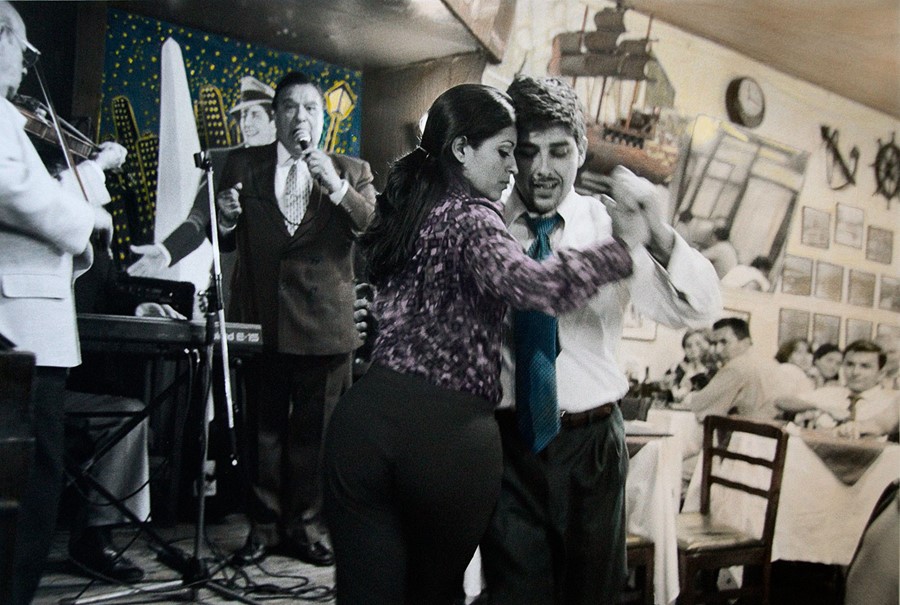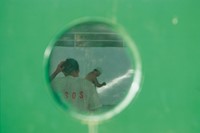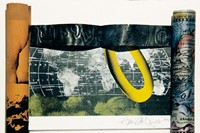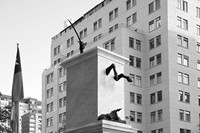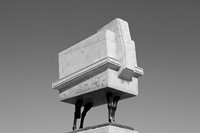An exhilarating new exhibition considers the elusory Latin American identity through a diverse collection of artists and photographers
How do you put together an exhibition about Latin American photography – a region of the world so diverse and fragmentary that even the label itself presents a dilemma on translation? This was the task that the Michael Hoppen Gallery undertook when it set about curating its newest exhibition, VOCES: Latin American Photography 1980-2015, a broad and fascinating show which is due to open next week. “Geographically, its map traces a region constituted by more than twenty countries,” exhibition curator Chantal Fabres explains of Latin America, “each with its histories, cultures, ethnicities and languages. This diversity manifests itself not only between individual countries, but also within each country itself. Although some share a history marked by political and social upheaval, it is misleading to speak of a 'Latin American' entity.”
Rather than gloss over the varied histories belonging to each region, the curators allowed themselves to be guided by the seven artists involved – Andrés Durán, Leonora Vicuña, Jonathan Hernandez, Anna Bella Geiger, Nicolás Franco, Marcelo Brodsky and Rosângela Rennó – who hail from Chile, Argentina, Brazil and Mexico. In doing so they raise questions about formal boundaries as well as geographical ones. “[These photographers] challenge the popular acceptance of what has been codified as ‘photography/ic’,” Fabres continues, “and through sophisticated compositions they propose a search for new meanings. [They are] informed by their cultural identity… not defined by it.”

One such artist is Rosângela Rennó, a Brazilian image-maker who originally trained as an architect and, since putting down her camera in 1990, works predominantly with what she calls ‘dead archives’ – newspapers, old family albums, slides found at flea markets and the like.
Rennó is very clear about the fruitlessness of trying to tie up Latin American-ness with a neat bow. “In the same way that a European identity doesn't exist, there is no point in looking for a Latin American identity,” Rennó explains. “Central and South America together are much much bigger than Europe, and the histories of European domination and trading with local/indigenous societies are very different. There is an attempt at "identification" through the language of the conqueror, but it's very fragile. It only represents the view from abroad – it's reductionist and it has no purpose.”

She channels this sense of elusiveness into the work included in the exhibition, a small series called Insólidos, which challenges the formal perceptions of photographs in exactly the way Fabres describes. Each photograph in the series is printed on six layers of silk organza, which are then hung one on top of the other, with one or two layers of silk from the mix depicting a different image, a kind of intruder, slipped in to create a hybrid image. “The superposition of these layers generates a density effect and subtle tonalities, in addition to the actual three-dimensional aspect, visual and tactile,” Rennó explains. “The aim here is to invest in the space between transparency and opacity, between the flat surface of traditional photography and the 'photographic body', which is, in digital times, deprived from volume. To search for depth in the thin and flat surface of film, or rather, to find the abyss in the shallow, has always been one of my obsessions.” Rennó hopes that this unexpected subversion of the form will encourage her viewer to look beyond the imagined ‘meaning’ of the image, and instead to realise “how complex, deep and opaque one simple photo can be.”
VOCES: Latin American Photography 1980-2015 will run at Michael Hoppen Gallery from October 10th 2015 until January 9th 2016.
